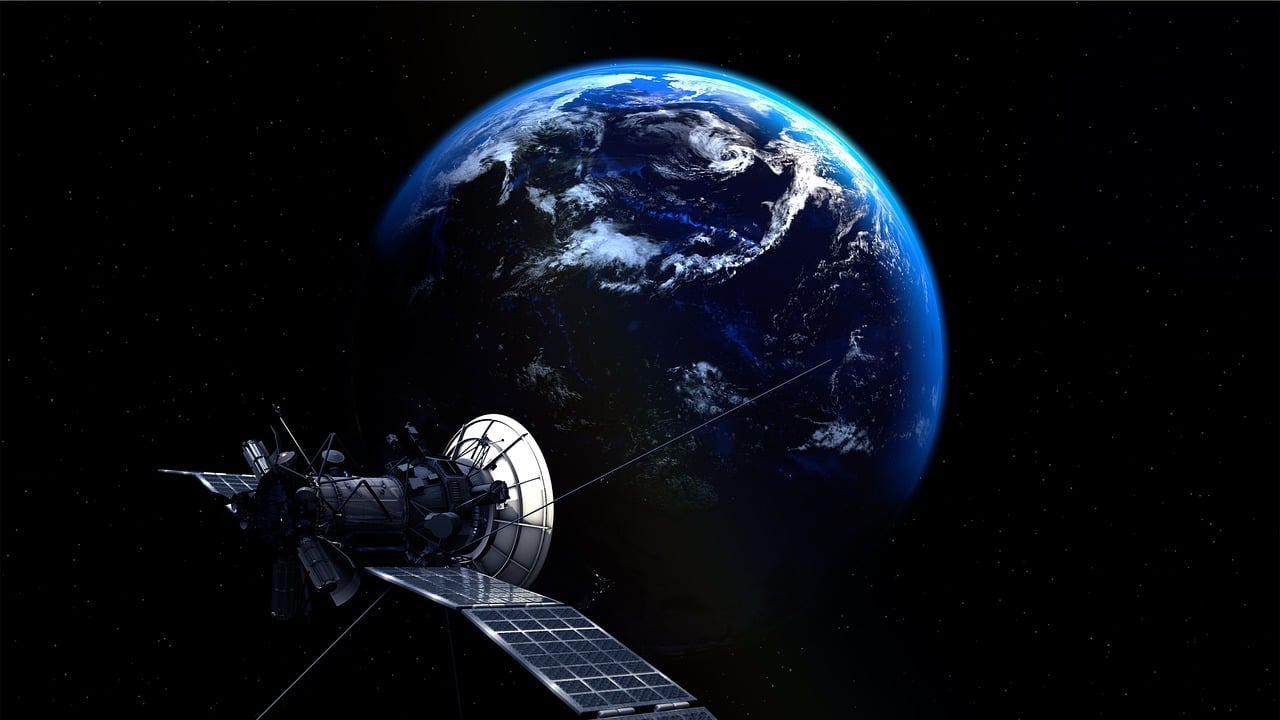This post is also available in:
 עברית (Hebrew)
עברית (Hebrew)
In response to growing congestion in Earth’s orbit, researchers have developed a compact, real-time velocity sensor for spacecraft that could significantly enhance satellite navigation and space traffic management. The new device, informally dubbed a “spacecraft speedometer,” allows satellites to independently measure their velocity without relying on ground stations or GPS.
Developed by scientists from Los Alamos National Laboratory and the U.S. Air Force Academy, the device addresses a critical need in modern orbital operations. As of 2024, over 10,000 satellites are active in orbit—up from just over 2,000 in 2019—driven by the rise of mega-constellations and commercial space launches. With Low Earth Orbit (LEO) becoming increasingly crowded, precise, autonomous navigation is more important than ever.
Currently, most satellites rely on ground-based radar or GPS signals to determine their location and speed. However, these systems are limited in availability and vulnerable to disruptions—especially during solar storms, when GPS signals can degrade. The new speedometer offers a real-time, onboard alternative, improving a satellite’s ability to react to threats such as orbital debris or other satellites, according to Interesting Engineering.
The system operates using two small plasma sensors, one positioned at the front of the spacecraft and the other at the rear. These sensors detect the flow of charged particles—ions and electrons—that are naturally present in the upper layers of Earth’s atmosphere. By comparing the particle density and energy between the sensors, the device calculates the spacecraft’s velocity relative to its surrounding plasma environment.
In addition to measuring speed, the device can assess local space conditions, including spacecraft charging levels, helping prevent electrical anomalies. Importantly, the system is designed to function independently of GPS, making it suitable for use around other planets or during space weather disturbances.
Although not yet commercially deployed, this innovative sensor represents a potentially game-changing tool for the next generation of satellite operations, offering enhanced situational awareness and autonomy in an increasingly complex orbital environment.


























